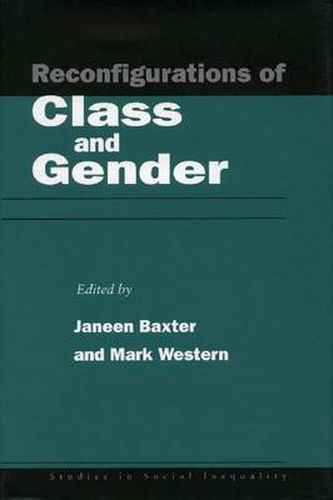Readings Newsletter
Become a Readings Member to make your shopping experience even easier.
Sign in or sign up for free!
You’re not far away from qualifying for FREE standard shipping within Australia
You’ve qualified for FREE standard shipping within Australia
The cart is loading…






At a time when social commentators are increasingly likely to assert the death of class as a source of social inequality and conflict, this far-reaching volume reasserts the significance of class and gender for understanding socioeconomic conditions. Rather than declining in importance, class and gender processes are being transformed by social and economic changes associated with postindustrialism, including the entrance of women into the labor market in ever greater numbers, a shift from manufacturing to services, and the rise of part-time employment. Moving away from the narrowly focused debates that have characterized much recent class analysis, the contributors to this book urge a nuanced approach that focuses on the specific institutional contexts of class-gender relations in various advanced industrial nations. Class and gender relationships in each country are contextually embedded, they argue, in such issues as the differences in welfare-state regimes, the varying availability of flexible forms of employment, and the degree to which the labor market is politically regulated.
$9.00 standard shipping within Australia
FREE standard shipping within Australia for orders over $100.00
Express & International shipping calculated at checkout
At a time when social commentators are increasingly likely to assert the death of class as a source of social inequality and conflict, this far-reaching volume reasserts the significance of class and gender for understanding socioeconomic conditions. Rather than declining in importance, class and gender processes are being transformed by social and economic changes associated with postindustrialism, including the entrance of women into the labor market in ever greater numbers, a shift from manufacturing to services, and the rise of part-time employment. Moving away from the narrowly focused debates that have characterized much recent class analysis, the contributors to this book urge a nuanced approach that focuses on the specific institutional contexts of class-gender relations in various advanced industrial nations. Class and gender relationships in each country are contextually embedded, they argue, in such issues as the differences in welfare-state regimes, the varying availability of flexible forms of employment, and the degree to which the labor market is politically regulated.